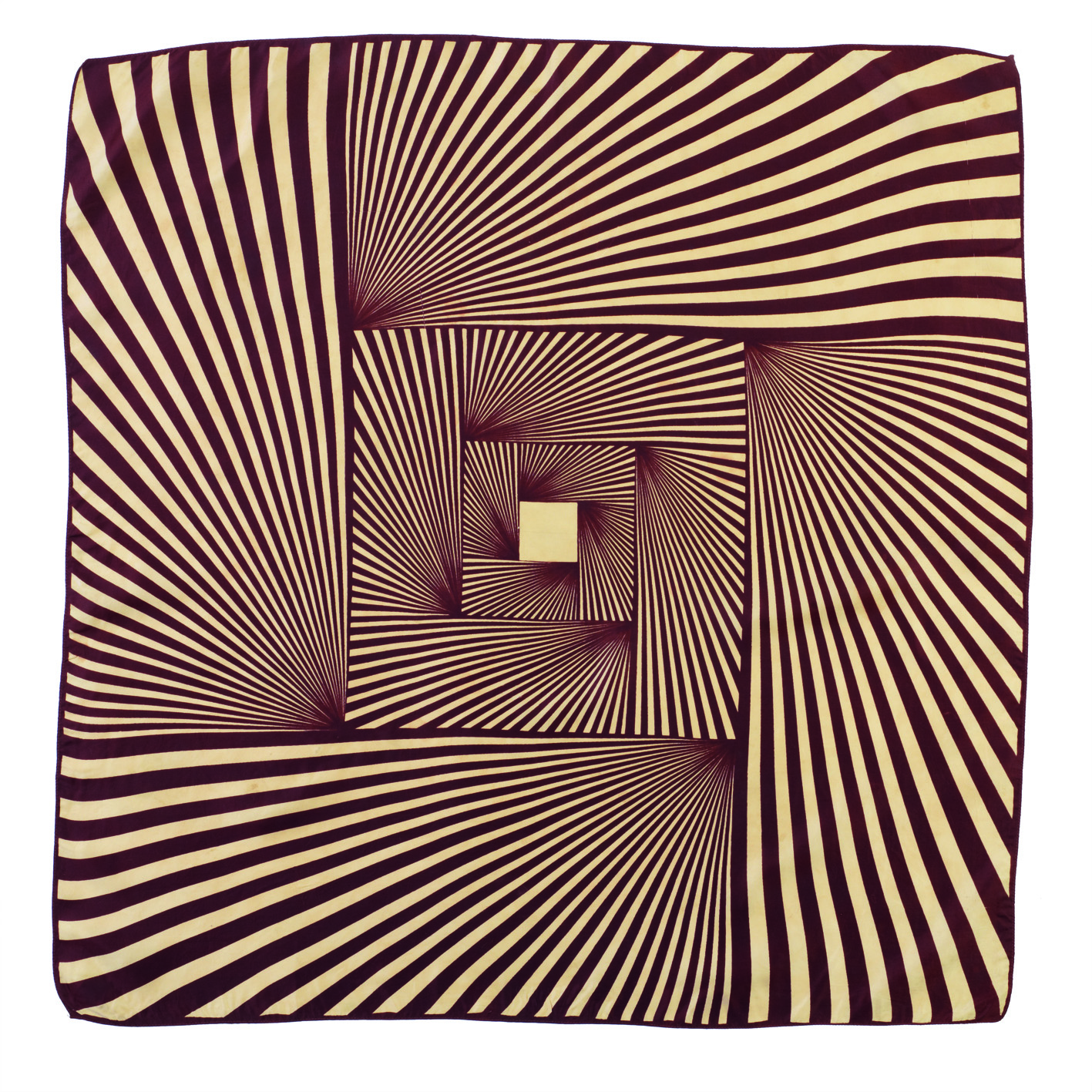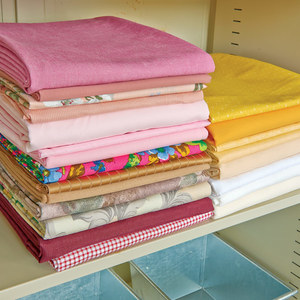Scarves: A Colorful Guide to a Glorious Fashion Accessory
Book examines the artistic and social history of scarves in the 20th century
For anyone with a love of color, fashion, and fabric, the updated hardcover Scarves by Nicky Albrechtsen and Fola Solanke (Thames & Hudson, 2021) is enticing right from the delightfully patterned fabric cover. The book showcases color images of more than 250 vintage scarves. The text explains why this versatile accessory is an important fashion innovation and the subject of continued fascination and study.

Accessory and artifact
Perhaps no other accessory is as ideal a canvas as a scarf for reflecting art trends. As the 20th-century progressed, scarf motifs reflected artistic movements such as Art Nouveau, Art Deco, Cubism, Fauvism, Pop Art, and Minimalism. The authors assert that scarves have displayed every major decorative arts movement over the past century and into the present.


Scarves also evolved to mirror women’s changing roles in work and society. For example, scarves of the 1940s in America were smaller and more utilitarian. At the time, some manufacturers skipped silk (reserved for parachutes) in favor of rayon.
In 1950s Hollywood, scarves came to represent fun or luxury pursuits. Think of the small neck scarf Audrey Hepburn wore zipping around Rome on a Vespa in Roman Holiday (1953); or the touring-style scarf worn by Elizabeth Taylor in Giant (1956) to protect her hair from the wind.

Useful and decorative, scarves were recognized by astute marketers as a means of advertising themes, events, or products. Scarves displays examples created to promote travel, patriotism, punk ideals, the Olympics, and even the 1969 moon landing.

Sought-after vintage scarves
Vintage scarves have become highly collectible. A wide range of international designers and fashion houses have designed notable examples: Paul Pioret, Elsa Schiaparelli, Balenciaga, Mary Quant, Gucci, Christian Lacroix, Liberty of London, Pucci, Yves Saint Laurent, Zandra Rhodes, and Nicole Miller, among others. Relative to the cost of most designer garments or accessories, scarves offered an affordable option to own a luxury item.

Scarves may be resource for new collectors, as it includes brief descriptions of more than 50 scarf designers, couture houses, and scarf-making companies. Nicky Albrechstein is the proprietor of the Vintage Labels resource studio in London, England, which provides costumes and props to the theater and media. Coauthor Fola Solanke is a costume designer for movies and television shows. They share tips and advice about where to find dealers and conservation, to start and maintain a well-cared-for collection.

Self-sewn scarves
If reading about scarves inspires you to make your own, there are many wonderful techniques to make interesting scarves.
• To create a textured scarf and conserve textiles, follow Mary Ray’s lace scarf from fabric scraps tutorial.
• Learn to sew a narrow rolled hem by hand, ideal for edging a self-sewn silk scarf. Demonstrated by Threads Contributing Editor Susan Khalje, this simple technique rolls the fabric edge into a smooth, even finish.
• If you are short on time and would like to edge a scarf by machine, watch Contributing Editor Kenneth D. King’s method for creating a delicate rolled hem by sewing machine or serger.
Photos: ©2011 Drew Gardner, except where noted.
































Hi I just wanted to say that I have been making my own scarves for years,and it's pretty basic.IF YOU HAVE FAVORITE SCARVES, COPY THEM. The shape,the size and dimensions,the type of fabric,and lots of synthetic fibers make very nice scarves as well as silk.Handmade scarves make great gifts.And if you want a scarf made of silk,(and you can find them now in colors too)go to "Dharma Trading.com".Which basically is a "make it,dye it, paint it,sew it,"and now knift it website. It is a good place to start looking for good silk(and cheap too)to make scarves.My favorite ones happen to be the old ones with the borders---but now I own very impressive scarves I would have paid a lot of money for,but made them myself. Making the hems was always easier for me if I just folded the edges over,simply and hand sewed them shut.You can learn to "roll" them,that's fine. Long fancier scarves really dress you up for formal ware.Yeah,I highly recommend making scarves it is fun too. Finding unusual and beautiful fabrics for scarves made my wardrobe different ,and my love of color and texture was rewarded. :)